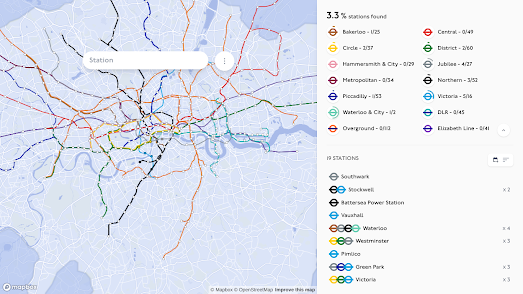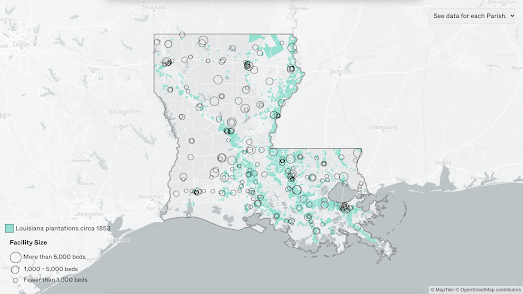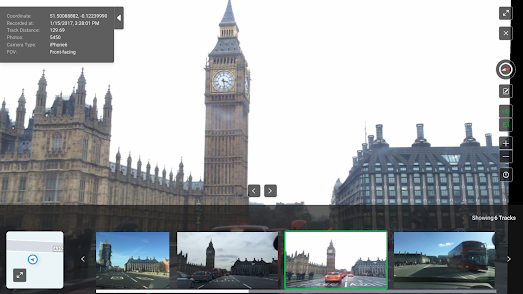The Berliner-Morgenpost has visualized the rise and fall of the German rail network from its rapid growth in the 19th Century right up to its 21st Century post-privatization contraction. The German Rail Network from 1835 Until Today uses an interactive map to show all the active rail lines in Germany for every single year from 1835 until 2022.
On December the 7th 1835 a six-kilometer rail line from Nuremberg to Fürth was opened. On which a steam locomotive, the Adler, would carry passengers at the dizzying speed of 28 kph. Things then sped-up rather quickly and by 1870 Germany had constructed around 14,000 kilometers of railway lines. In fact the German railway became so large that in the 1920s the nationalized German rail company, the Deutsche Reichsbahn was the largest employer in the world.
In West Germany the national rail network began to suffer from the 1950s as a consequence of the rise in car ownership. However the biggest contraction in the German rail network began in the 1990s. After the reunification of Germany the newly privatized rail lines in the former East Germany were forced to close unprofitable lines and stations. The result is that the German rail network now has around 39,900 km of lines, down from the 52,900 km of rail-lines it had from 1940-1970.
Irish Railway Stations 1834-2000 is a simple interactive map which plots every active Irish train station in operation for every year from 1834 to 2000. By scrolling through all 166 years on the map you get a great overview of the rise and fall of the railway in Ireland since 1834.
The first railway line opened in Ireland was the Dublin and Kingstown Railway (D&KR), which ran between Westland Row in Dublin and Kingstown (Dún Laoghaire), a distance of 10 km (6 mi). It was opened on 17 December 1834. In 1839 a second railway line, the Ulster Railway, opened between Belfast Great Victoria Street and Lisburn.
If you use the map's timeline to progress through the years from 1834 you can see how the railway spread across Ireland, largely emanating out from the initial lines built in Dublin and Belfast. For almost a century after 1834 the railway in Ireland continued to grow, reaching out to all parts of the island of Ireland.
When you reach the late 1930's on the map you can begin to see railway stations disappearing off the map. The Great Depression and the rise of the motor car obviously had an effect of freight and passenger traffic resulting in the closure of a number of stations. In the 1950s and 1960s you can begin to see the closure of many branch lines on the map. This significant reduction in the rail network in Ireland means that even in the 21st Century the Irish rail network consists of only around 1,698 miles, or around half of the 3,480 miles of line that existed in the early 20th Century.
In August 1847 a railway line was opened connecting the Swiss cities of Baden and Zurich. 175 years later Switzerland's rail network is over 5,000 kilometers long. Back in 2022 the Swiss broadcaster SRF celebrated the 175th anniversary of the country's railway network by creating a Journey Through the History of Swiss Railways.
SRF's history of the Swiss railway includes a map which shows the opening of new railway lines by year of construction. This map is accompanied by a graph which shows the length (in km) of railway lines opened in each year. From the animation of this map above you can see that the golden era of the Swiss railway was in its first one hundred years. Since the 1920s further extensions to the railway in Switzerland have been fairly sporadic.
If you are interested in the history of your city's transit network then you should have a look at Citylines. Citylines is a collaborative platform which is busy mapping the public transit systems of the world. Using Citylines you can explore interactive maps visualizing the local transit systems of hundreds of cities around the globe. You can also use Citylines to explore how each city's public transport network has grown and contracted over time.
Each city's transit system map includes a date control, which allows you to view the extent of the local transit network for any year in history. Press the play button on the map and you can view an animated map showing how the city's transit system has developed through history.
All the data used on Citylines is open sourced under the Open Database License (ODbL). This means that if you want to create your own city public transit map then you can download the data for your map from Citylines (in json or CSV formats).














































